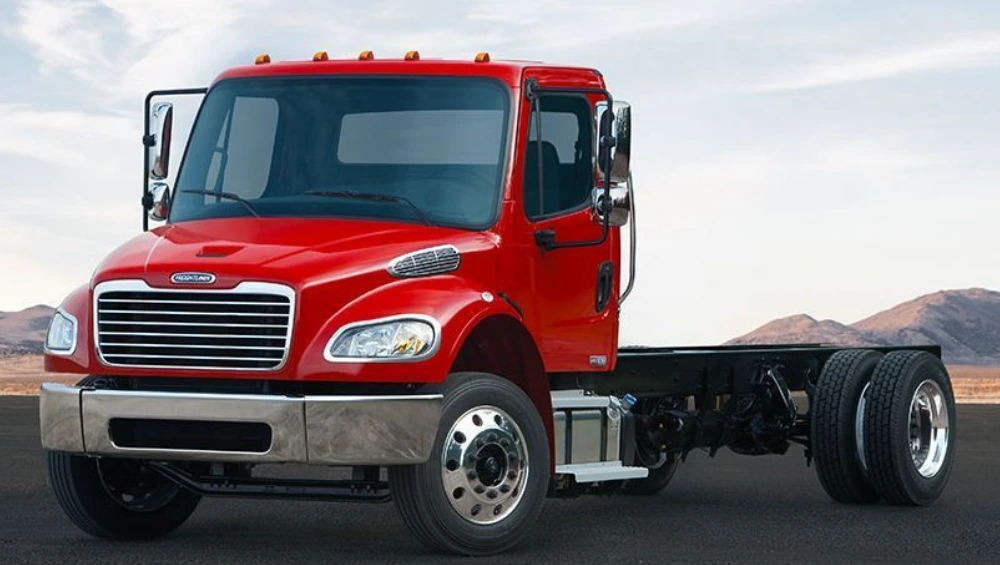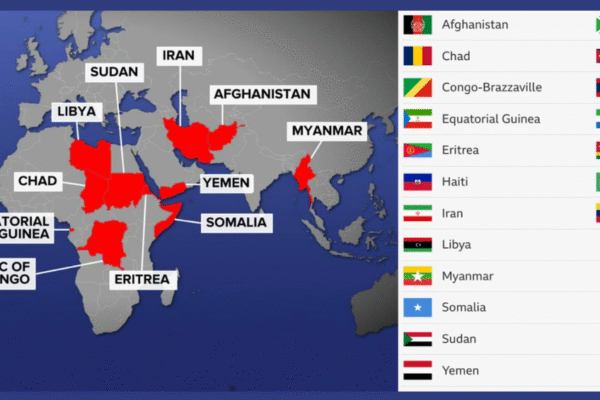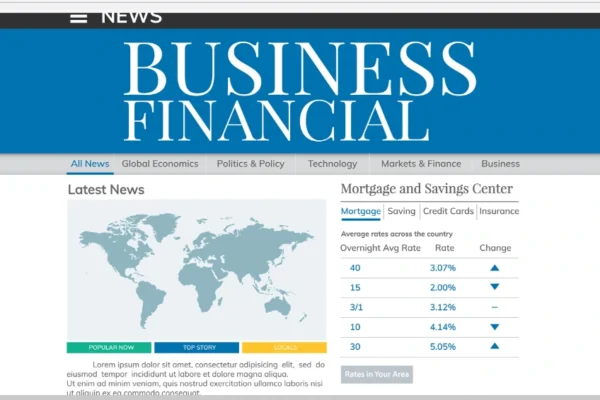For fleet managers seeking a rugged, medium‑duty truck that combines comfort, reliability, and versatility, the Freightliner Business Class M2 remains a top choice in 2025. Designed for a wide range of applications from delivery vans and utility trucks to fire apparatus and towing, the Freightliner Business Class M2 offers multiple configurations, strong powertrain options, and advanced features. But is it the right truck for your fleet? This review explores the strengths, potential drawbacks, and key considerations of the Freightliner Business Class M2 in today’s market.
Why the Freightliner Business Class M2 Matters
The Freightliner Business Class M2 is the modern successor to Freightliner’s classic Business Class line introduced in the early 1990s. Starting with Class 5 through Class 8 models, the M2 offers the flexibility to serve a variety of vocational uses, including local hauling, utilities, emergency services, and regional delivery. New extended‑cab and crew‑cab variants provide even more versatility for towing, service, and passenger transport. Standard powertrains include Mercedes‑Benz MBE900 engines, with optional Caterpillar units, and transmissions from Allison, Eaton Fuller, and Mercedes‑Benz.
Key Features & Strengths
Visibility & Maneuverability
One of the standout characteristics of the Freightliner Business Class M2 is its superior visibility. A sloped hood and a 2,500‑square‑inch windshield give drivers a panoramic view, contributing to safer operation. The truck also delivers excellent maneuverability: a wheel cut up to 55 degrees means tight turning and easier navigation in urban settings.
Driver Comfort & Ergonomics
The cab of the Freightliner Business Class M2 is noticeably more spacious and driver‑friendly compared to older models. Redesigned HVAC controls, air‑ride suspension, wide doors, and a tilt/telescoping steering wheel provide enhanced comfort. The updated M2 Plus generation (2024‑onward) adds ergonomic seats, improved insulation for noise reduction, and a modern digital dash with a Driver Command Center.
Configurability & Upfit Ease
The Freightliner Business Class M2 supports a wide range of body styles, chassis layouts, and axle configurations. It’s compatible with bodybuilder upfits like box trucks, flatbeds, utility beds, hook lifts, and more. The truck features a clean back-of-cab design and QuickFit™ connectors to simplify the integration of equipment and accessories for vocational needs.
Powertrain Options
Depending on configuration, the Freightliner Business Class M2 offers engines ranging from 200 to 360+ hp, delivering torque up to 1,150 lb‑ft in Cummins L9 units, ideal for vocational and towing applications. Fleet owners can choose manual, automatic, or automated transmissions to suit operational preferences.
Safety & Serviceability
New M2 Plus trucks come with active safety features like Detroit Assurance systems (brake assist, lane departure warnings, side‑guard assist) and remote diagnostics via Detroit Connect. The multiplex wiring, simplified electronics, and easier access to major components improve serviceability and reduce downtime.
Potential Drawbacks
While the Freightliner Business Class M2 scores high for versatility and comfort, it is not without potential weaknesses:
-
Electrical Issues: Drivers and technicians mention recurring electrical gremlins, especially in newer M2 Plus units with dual VPDM systems modeled after Cascadia architecture.
-
Maintenance Needs Over Time: Older M2 models may develop issues such as coolant hose failures, air system or liftgate malfunctions, and dashboard glitches, especially if prior maintenance was neglected.
-
Ride Quality: A few driver reports suggest that ride comfort in the M2 might lag behind competitors like Kenworth or Volvo, especially on rough terrain.
Who Should Choose the Freightliner Business Class M2?
The Freightliner Business Class M2 is well suited for:
-
Medium‑duty fleet operations (Class 5 to Class 7)
-
Vocational uses, including utility, towing, city delivery, and municipal services
-
Operators needing tight maneuverability and strong visibility
-
Fleets that emphasize customization, from cab configurations to drivetrain options
-
Teams seeking an affordable mid‑range truck that performs reliably with regular maintenance
However, suppose your fleet prioritizes off‑road comfort, ultra‑long‑haul performance, or wants to avoid reported electrical issues. In that case, it’s worth comparing alternatives or specifying robust support contracts and warranty coverage.
Cost of Ownership & Reliability
The Freightliner Business Class M2 tends to deliver competitive lifecycle value, especially in vocational use cases. Its durable aluminum cab, robust frame rails, and proven powertrain options help fleets push well past 600,000 miles with good maintenance. Still, remember that higher mileage may bring increased repair frequency for certain components. Choosing well-documented trucks and ensuring preventive maintenance can mitigate long-term costs.
Final Thoughts
The Freightliner Business Class M2, introduced in 2025, remains a compelling choice for fleet operators seeking flexibility, safety, and vocational adaptability. With its excellent visibility, tight turning radius, wide range of configurations, and modern M2 Plus safety features, it fits many service‑focused roles. That said, fleet managers should be aware of reported maintenance and electrical quirks and plan accordingly.
In short, if your operation relies on Class 6‑7 applications, values driver comfort, and needs a workhorse that supports heavy upfit and tight maneuvering, the Freightliner Business Class M2 deserves serious consideration. Just ensure proper specing, service plans, and support to maximize uptime and reliability.








